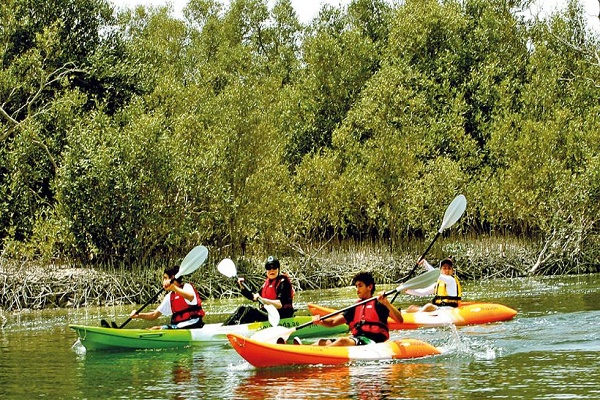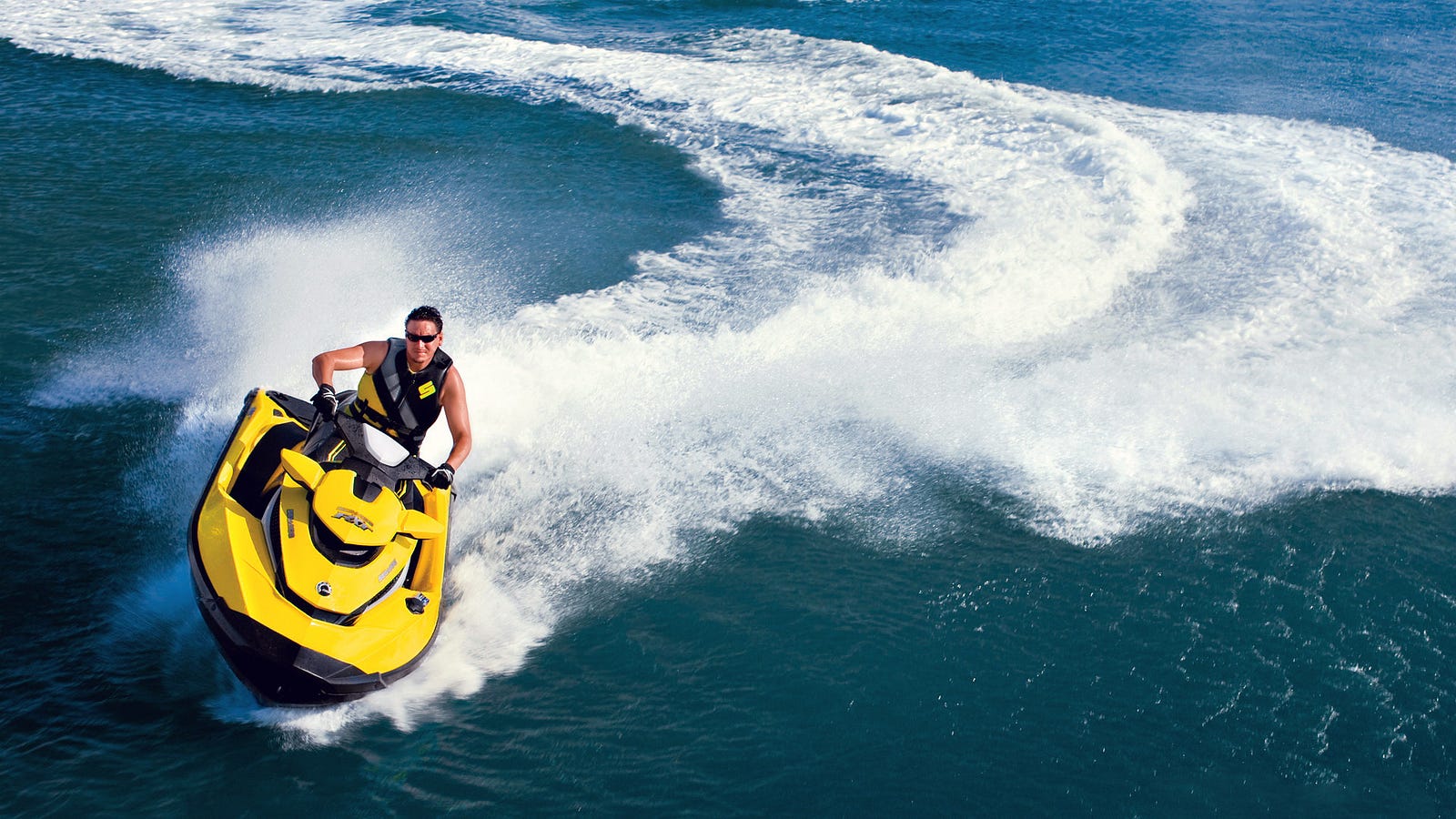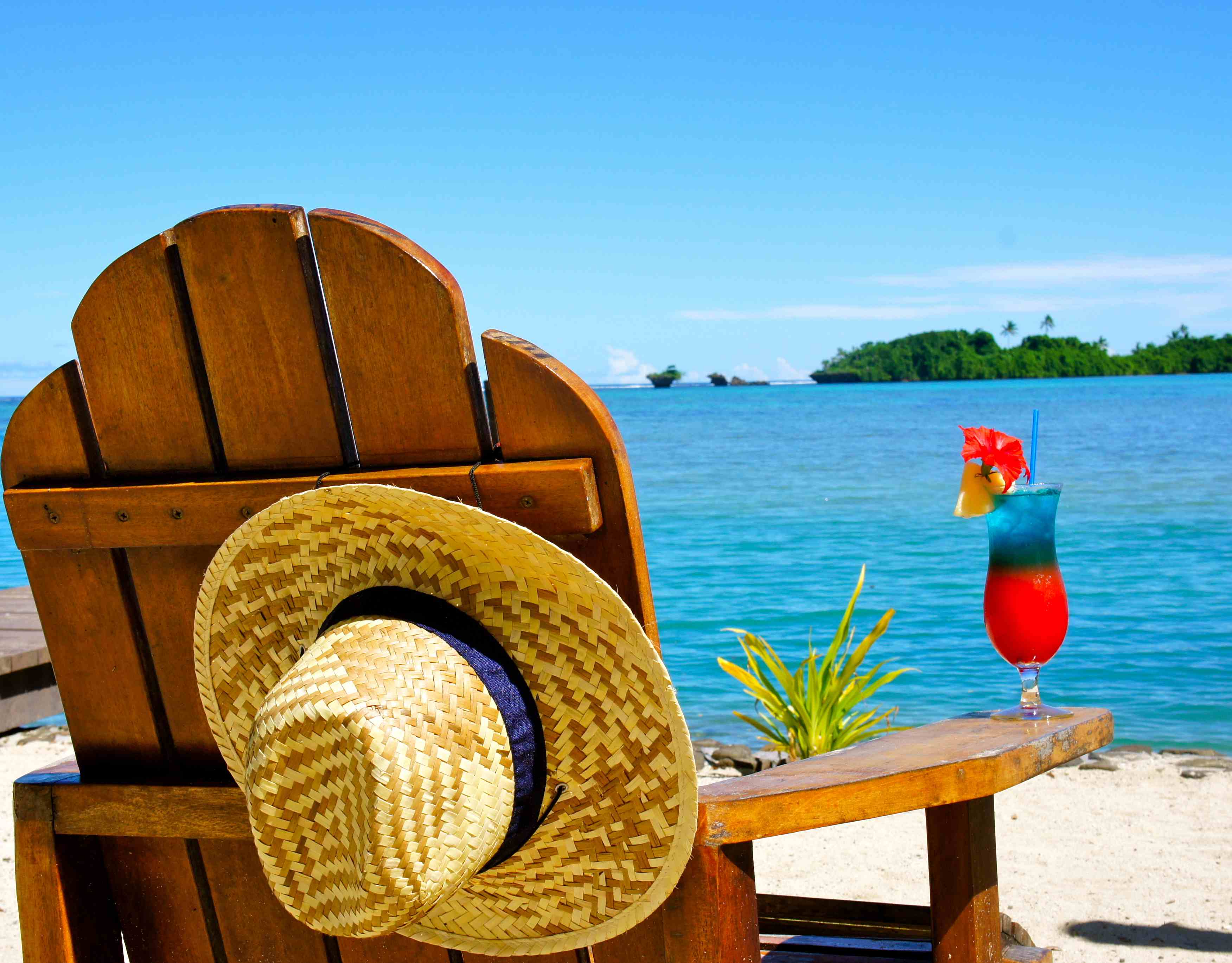Andaman and Nicobar Islands are known to be a haven for unseen and rare marine species. The alluring beauty of the coral reefs and marine organisms make the islands of Andaman attractive and charming. To enjoy the spectacular beauty of the islands travel enthusiast from different corners of the world visits the iconic destination by purchasing the tourism packages at reasonable rates. The sapphire crystal waters, soothing climate, densely populated forest ranges and amazing species of fauna and flora make the island the fabulous destination to celebrate your most waiting holidays within your dear ones. While strolling the untarred roads of the islands make a visit to the most famous historic monument known as cellular jail. It is well-known for protecting innocent freedom fighters and treated them with vigorous punishments. Following it takes a glimpse of the Chatham sawmill to learn the various types of furniture and also visit the popular Sagarika emporium to purchase the seashell products at cheap prices. Kayaking through the mangrove forests will introduce the aboriginal tribes of the island. They are many more fascinating features of the island. Above all the underlying coral reefs plays a significant role in promoting tourism all over the world. Formed out of the calcium carbonate coral reefs are generally seen in groups in tropical and sub-tropical waters. Based on the patterns and lifestyle the dazzling coral reefs are classified into various groups.
Classification of Coral Reefs
Fringing reefs

Fringing reefs are the commonly seen coral reefs in the deep seas and oceans. They are generally called as shore reef. They basically form from the volcanic island. Even though they are seen in the low portions of the water in the initial period as they grew in size they move upwards and lie below the waterline. They grow better on coastlines. Reef slope and reef flat are the two main components of the fringing reefs and lack lagoon in them. The reef slopes are usually seen on the shores close to the ocean. Among the various types of fringing reefs, the Ningaloo reef is considered to be the largest reef in the world with 260 kilometres and mainly seen in Australia and Europe. To see the best form of fringing reefs move to the Red Sea.
Barrier reefs

Barrier reefs are seen on the upper portions of the water. The reefs are separated by the lagoon from the mainland. The extensive barrier linear reef carries the lagoons of size 30 to 70 metres long. They are usually seen in broken or irregular shape on the upper level of the sea. When compared to the fringing reefs eth barrier reefs takes a longer time to grow and are seen very rarely in seas and oceans. The Great Barrier Reef of Australia is known to be the largest reef in the world. They are generally seen in the Atlantic and Pacific oceans. In some regions, the barrier reefs hinder the navigators from the explorations.
Atolls reefs

Atoll reefs are commonly seen in the middle portions of the water in the sea and oceans. Fringing reefs give birth to the Atoll reefs when they start to sink into the shallow waters or sometimes due to the sudden changes in the climate. The circular body structure of the Atoll reefs protects the lagoons of 80 to 150 m long inside them. They are generally seen in the submerged volcanic cones. The three forms of the atoll are generally known as a coral atoll, true atoll and an atoll island. Atolls without an island are called a true atoll. Atoll with an island is called Atoll Island and the coral islands are generally known as atolls through erosion or deposition of tides.
Patch reefs
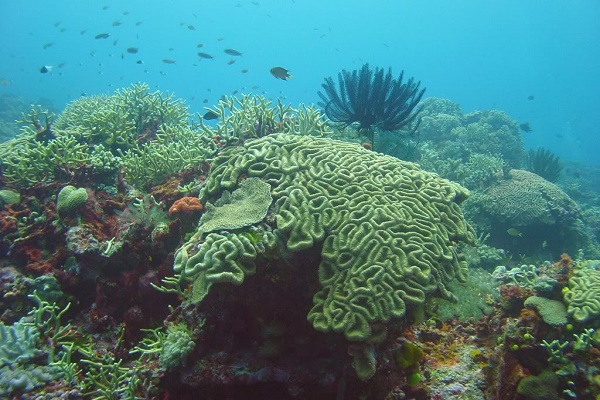
Patch reefs are the intermediate stage between fringing reefs and barrier reefs. They are the smallest among the various types of reefs and are seen in a circular shape around the emerald grasses in 3 to 6 metres of water. The variations in the patterns and colours of patch reefs are due to the geographical area. They are normally seen in the Pacific Oceans and the Caribbean Sea.
Bank reefs
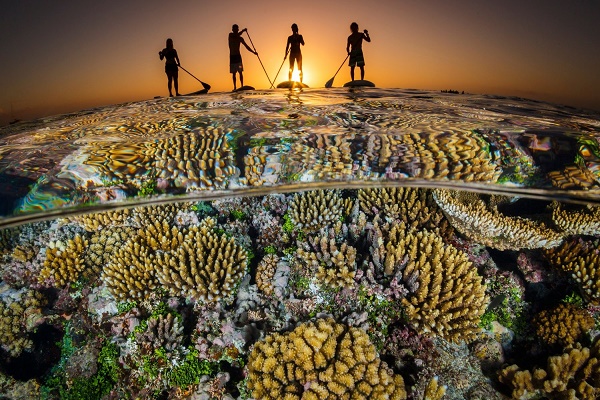
Famously known as deepwater reefs the bank reefs are seen on the upper level of water. They are commonly seen in spiral or circular in shape. The reef flat, spur and groove are the three main regions of the bank reefs. The Carysoft reefs are the perfect instance of the bank reefs.
How to protect coral reefs?
Use water-friendly transportation to save the lives of the coral reefs. The smoke coming from the motor vehicles, cars, bikes and other vehicle disturbs the ecosystem of the coral reefs. Hence prefer the hydro vehicles or electric vehicles to maintain the ecological balance of the coral reefs. Try not to contaminate the pure water and do not throw plastic waste into it. Try to minimize the use of fertilizers in gardens and farms because the fertilizers are able to suck the essential nutrients from the planet. And finally, give awareness about the conservation of the coral reefs to the public by organising classes. To protect the endangered species of the coral reefs try to cultivate them in your aquarium.
To learn more about the scintillating coral reefs and its unique lifestyle avail of tour packages from Andaman Tour Travel. They formulate packages to the people of Pune, Delhi, Chennai, Bangalore and so on. While exploring the amusing coral reefs do not forget to make a visit to the amazing tourist destinations in Andaman such as Havelock Island, Rangat Island, Barren Island, Neil Island, and also Port Blair. Each island is known to carry fascinating features and a wide range of enthralling water sports such as scuba diving, snorkelling, underwater sea walking, parasailing, jet riding and many more. If you have any concerns regarding the itineraries or packages communicate with the customer support team of the travel planner. They are always there to clarify your doubts. Try to grab the package as soon as possible before it expires. So don’t be late.




